
Pokhara is an enchanting city in Asia, and, of course, a remarkable destination within the country due to its glory,
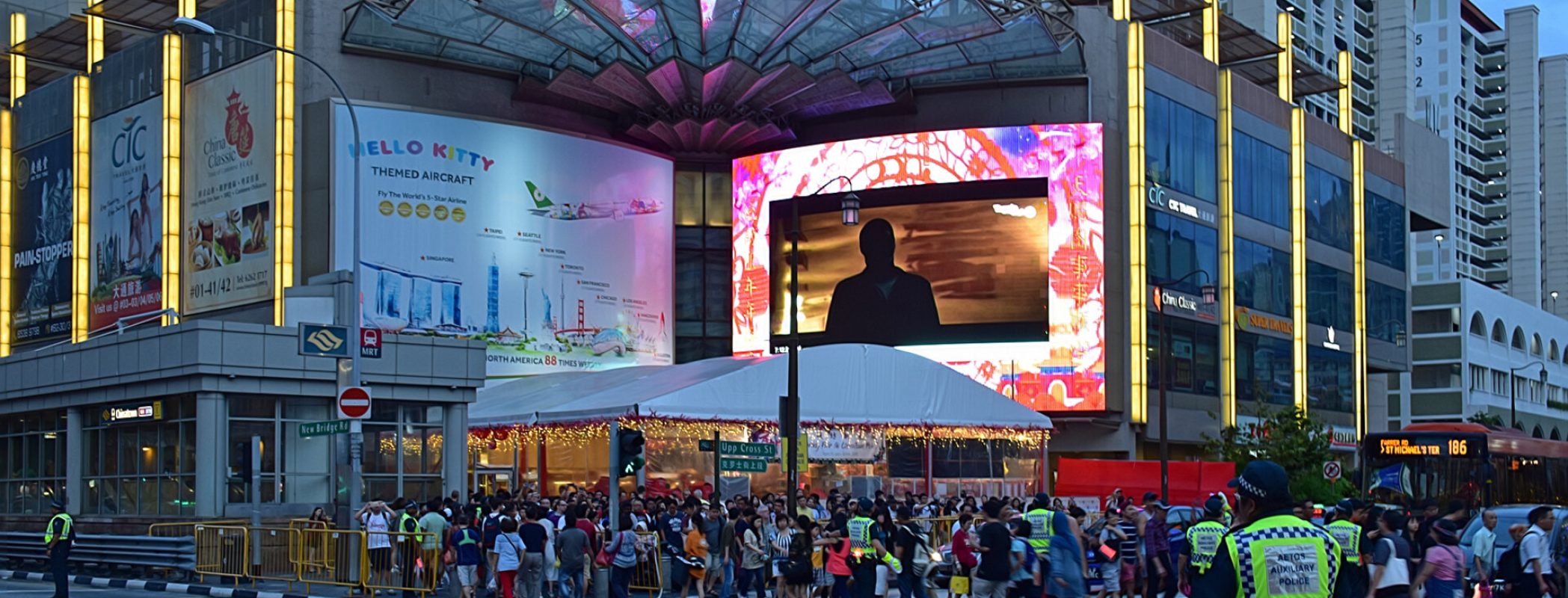
Chinatown, very vibrant and alive, historically, culturally, and gastronomically, is a district in Singapore. Some interesting places to visit include: The Temple of the Buddha’s Tooth Relic, a spellbinding Buddhist temple housing a very sacred relic; the Chinatown Heritage Centre, for the rich history of the place; or a stroll along Pagoda Street for or a taste of local street food.
Taste authentic Chinese dishes from hawker centers like the Chinatown Complex Food Centre. Do not miss visiting Sri Mariamma Temple, the oldest Hindu temple in Singapore. For shopping, visit Chinatown Point. Experience the night markets of Chinatown, admire the traditional shophouses, or discover trendy cafes and bars on Ann Siang Hill.


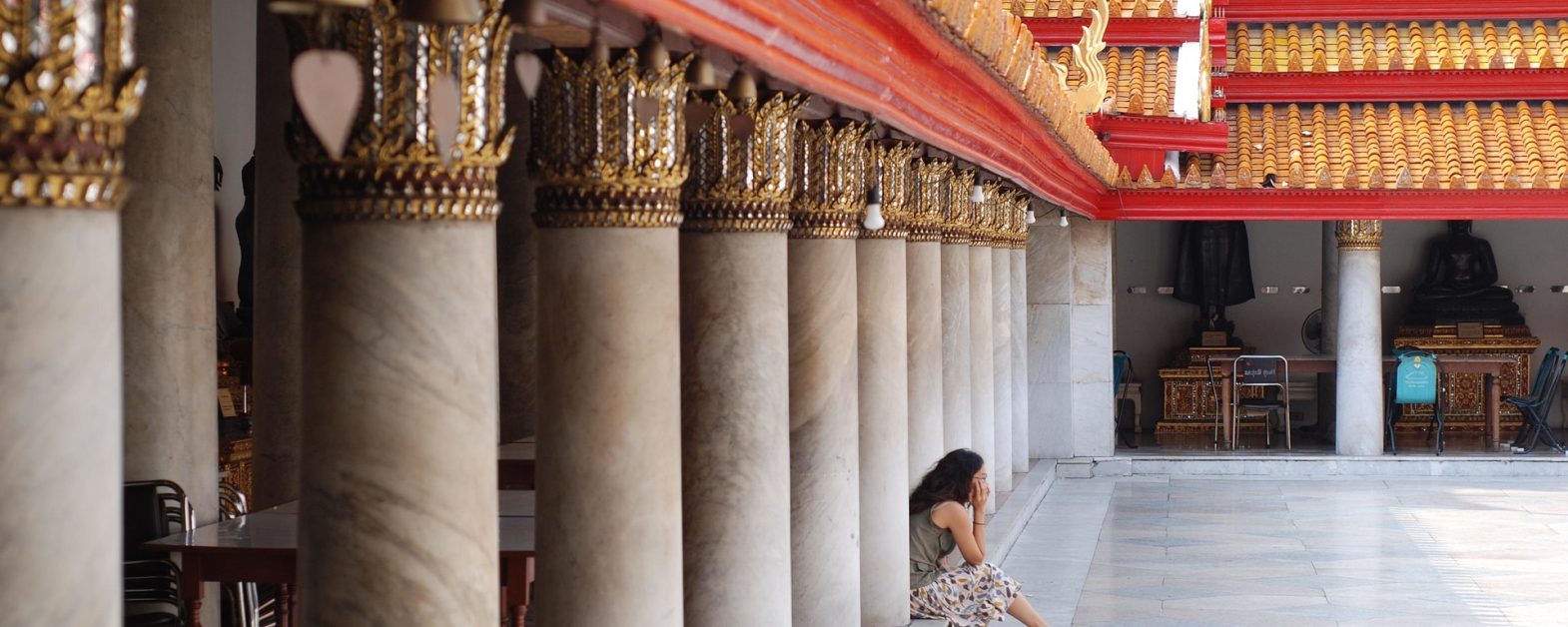
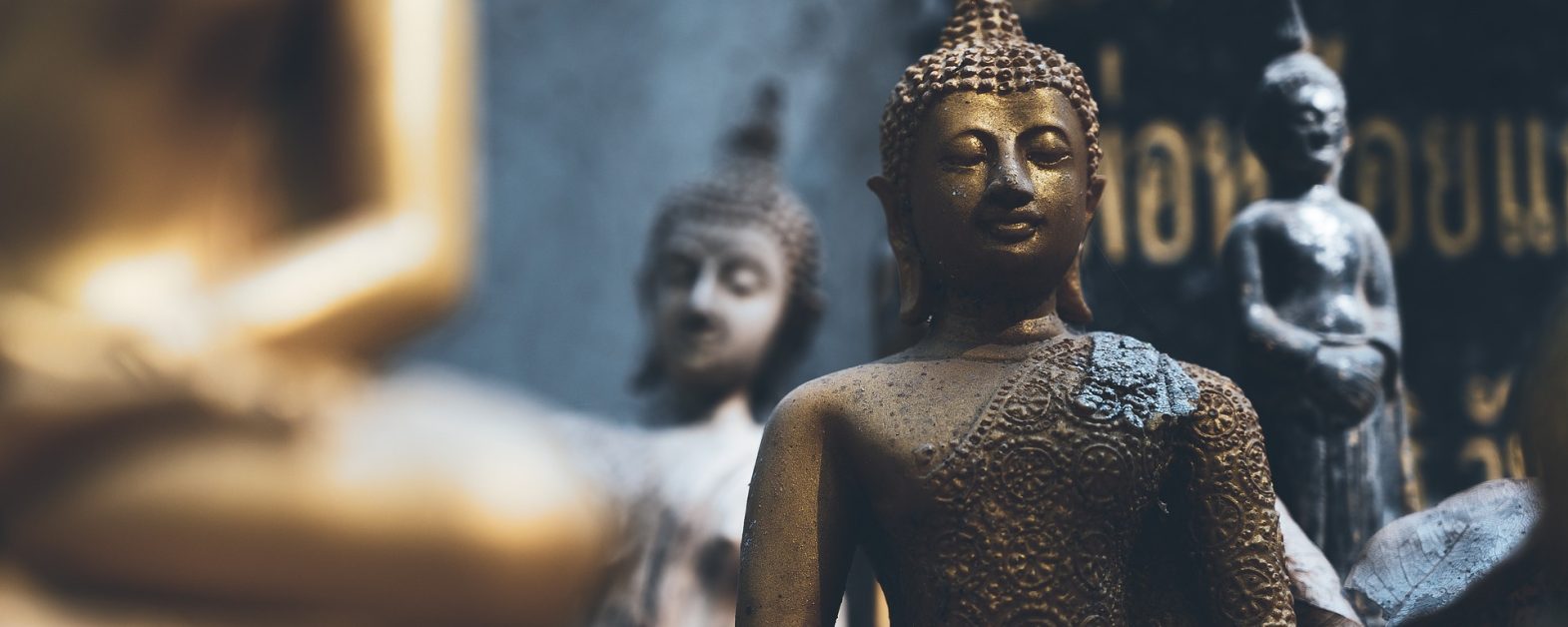

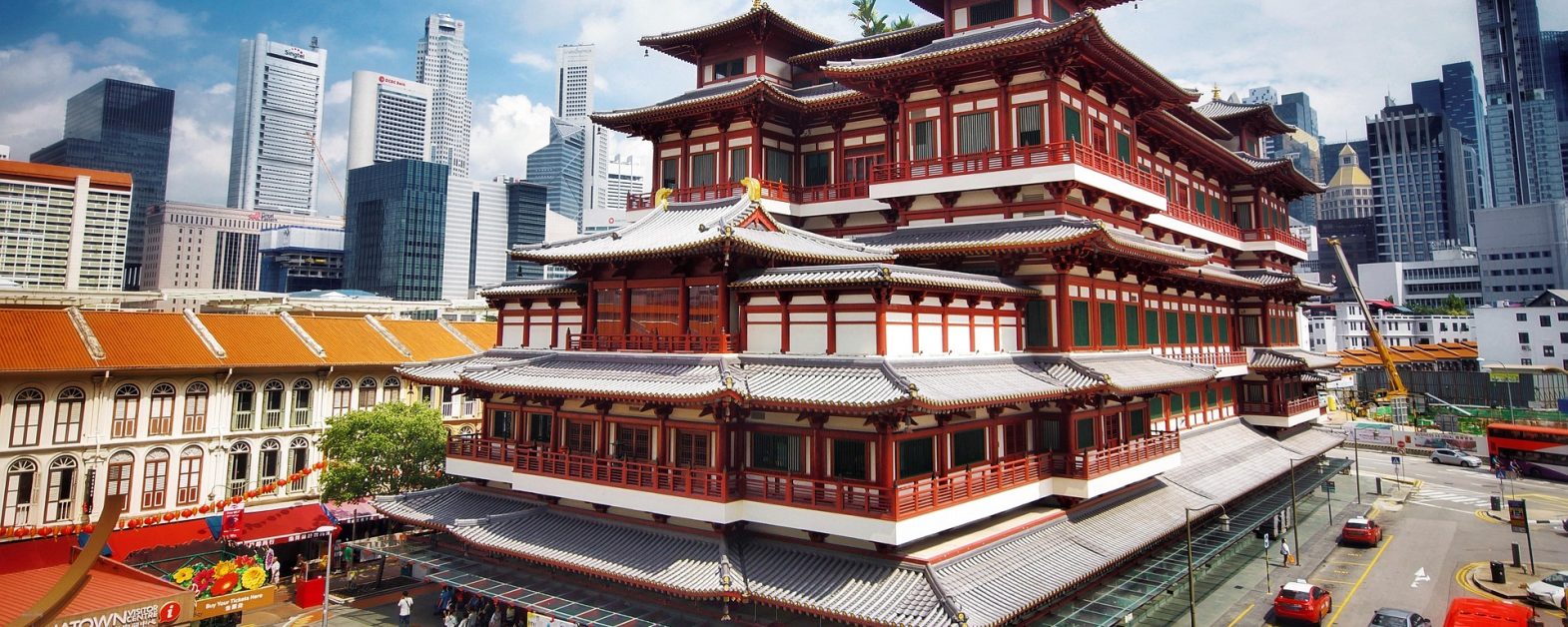
The Buddha Tooth Relic Temple is a huge Buddhist temple in Chinatown, Singapore, which is supposed to contain a vestige of the Buddha’s tooth. This temple, with its extravagant carvings, golden interiors, and amazing rooftop garden, is built in the Tang dynasty architectural style. There is also a museum, prayer halls, and a meditation area at the temple.
The most opportune time to visit is early morning, from about 9 AM to 11 AM, to witness the prayers of the monks. Other occasions worth a visit should be Buddhist festivals, for example, Vesak Day, for greater spirituality. Avoid weekends, for crowds will drive you away.
One has to admire the temple’s main attraction in the fourth story- the sacred Budha tooth, housed in a pretty and majestic golden stupa.
Delve into Buddhist history with ancient artifacts, hallowed relics, and exhibits across the third floor that will describe the deep spiritual significance of Buddhism.
Escape the bustling city in a serene rooftop garden featuring lush greenery and a beautiful pagoda housing the Vairocana Buddha Prayer Wheel.
Experience the spirit of the temple in one grand manifestation of elaborate Buddhist murals, great statues of the Buddha, and monks’ daily chanting and meditations.
It is straightforward to reach this temple in Chinatown via MRT Chinatown Station (NE4/DT19), Exit A. You can also use bus services like 143, 33, 61, or 80 to reach Chinatown. Taxis and ride-hailing services are also easy ways to travel.
No, there is no entrance fee at all for all visitors to the temple, thus allowing anyone to visit its hallowed halls without paying anything to visit its museum and rooftop garden.
It opens its doors to visitors daily for the best part of the day from 7:00 a.m. to 5:00 p.m. and would leave lots of time for a visit to its relics, prayer halls, and meditation places.
Yes, modest attire is required to be worn by visitors so that shoulders and knees are not uncovered as a mark of respect for the sacred and spiritual ambiance of the temple.
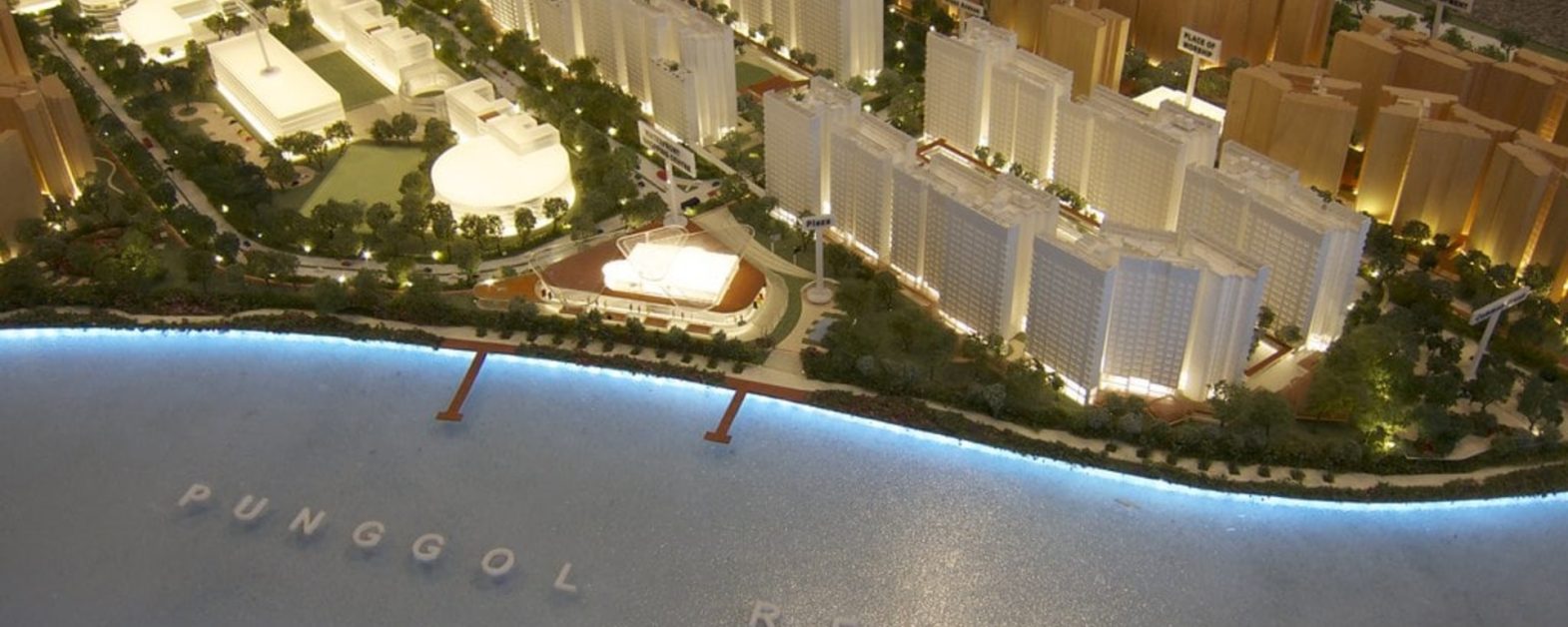
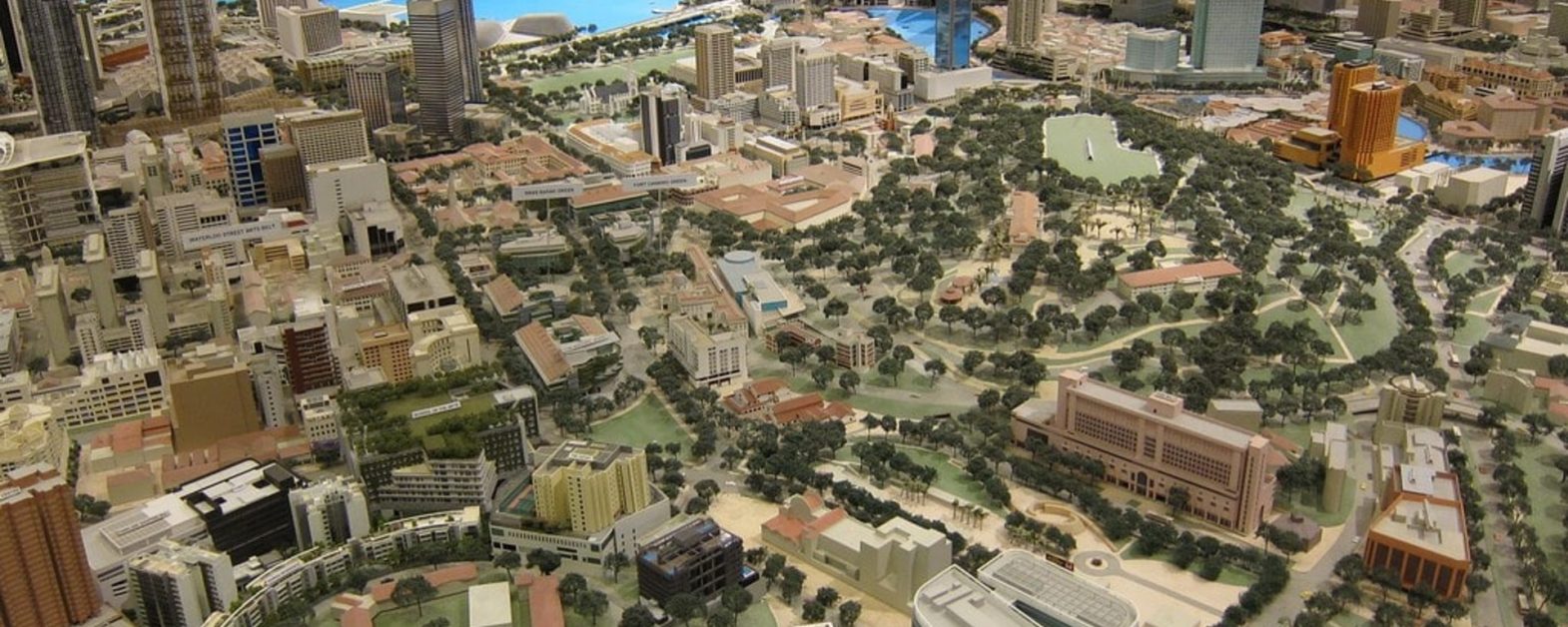

Singapore City Gallery is an interactive museum showcasing the city’s urban transformation through detailed models, exhibits, and multimedia displays. Located in the URA Centre, it highlights Singapore’s urban planning strategies and future developments. The gallery offers a fascinating glimpse into the city’s architectural evolution, making it a must-visit for history, design, and urban planning enthusiasts.
Weekdays are the best time to visit the Singapore City Gallery to avoid the crowds. Mornings are good for a visit because fewer people are wandering about, allowing one to view the exhibits and engage with the interactive displays without feeling rushed.
Visit the Singapore City Gallery on weekday mornings, most preferably Tuesdays or Thursdays, if you want to avoid the crowd. Enjoy the experience without long wait times or have it with a guide.
Most importantly, admission is free for all visitors, making it a highly economical attraction to experience the city planning and development of Singapore without a single penny spent to enter.
Most visitors usually spend between 1-2 hours wandering through the interactive exhibits, city models, and multimedia displays, though those with an interest in urban planning may spend more time.
Yes, there are occasionally free guided tours that provide even deeper insight into Singapore's transformation and journey as a city. Check out the lo for the latest updates on available tours and their respective schedules.
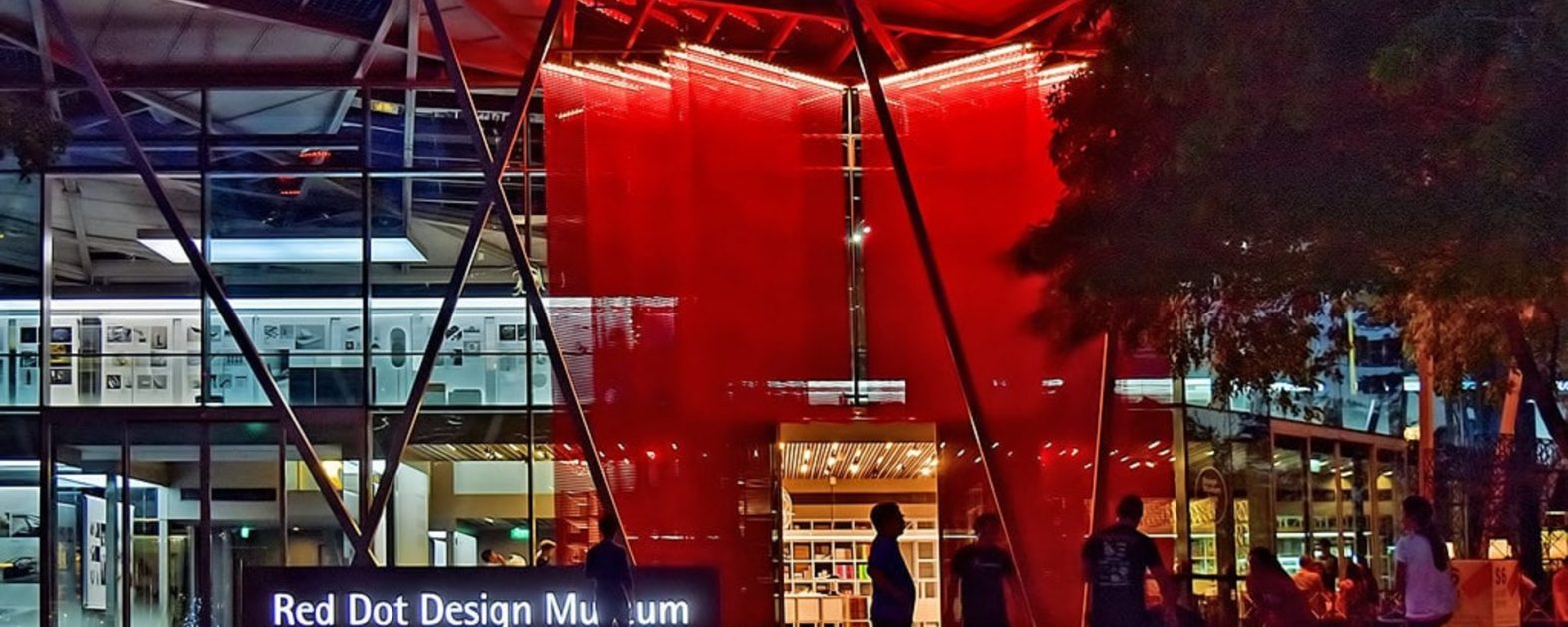

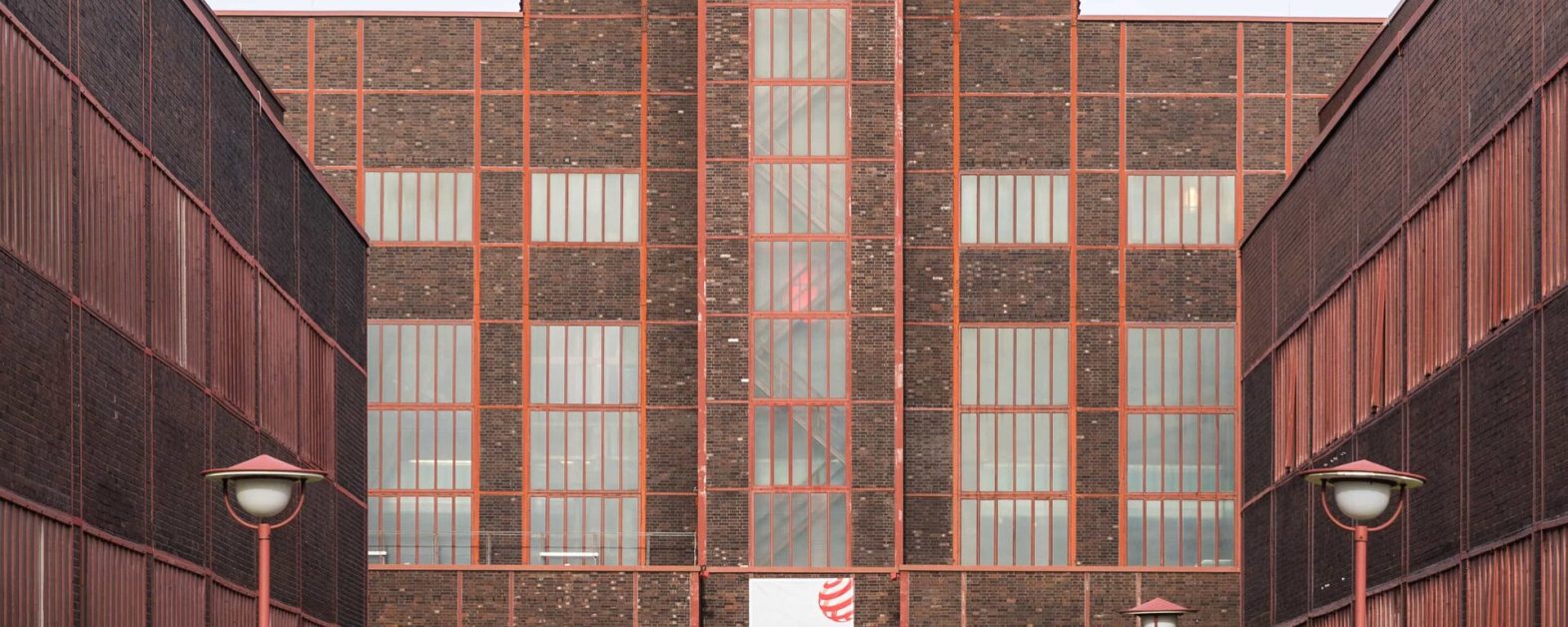


The Red Dot Design Museum showcases award-winning designs from various industries under product design, communication, and architecture, located along Marina Bay, the museum features innovative exhibitions as well as a design shop and creative workshops.
Visitors can discover some groundbreaking concepts with futuristic ideas, making it a must-see venue for design lovers, artists, and anyone intrigued by their work.
Each afternoon, from Monday to Friday, witness empty spaces full of quiet while people stroll past exhibits freely. Special occasions and exhibitions are held in the evenings, so one can opt for the experiential uniqueness and interactivity associated with these.
Sift through award-winning designs by category, from products to communication and innovation. Interaction Displays presents futuristic ideas, ergonomic creations, and sustainable solutions that provide insight into transforming the world and everyday life through design.
Browse from an assortment of products that have been awarded the Red Dot Design Award, from chic home decorations to innovative gadgets and gizmos. The shop has something to offer everyone who desires unique, high-quality gifts and collectibles in aesthetic functional design combined with sustainability.
Chill out in the museum’s stylish café, sampling specialty coffee, gourmet teas, and artisanal treats. With its modern ambiance, creative menu, and location overlooking Marina Bay, this establishment is surely above the hours of unwinding.
Conveniently located by Downtown (DT17) and Marina Bay (NS27), the museum has become very accessible by MRT. It is also well served by public buses, taxis, and ride-hailing services making it easy for one to reach here.
A ticket to the museum incurs an entry fee, although discounts are offered to students and senior citizens. Ticket prices and promotions can be seen on the official website.
Typically, a visit lasts for about 1 hour to 2 hours; however, design lovers may linger around for more extended periods, enjoying the exhibits, workshops, and design shops.
Yes, the public is allowed to take personal photographs and videos. However, commercial photography must obtain prior permission from the management of the museum.
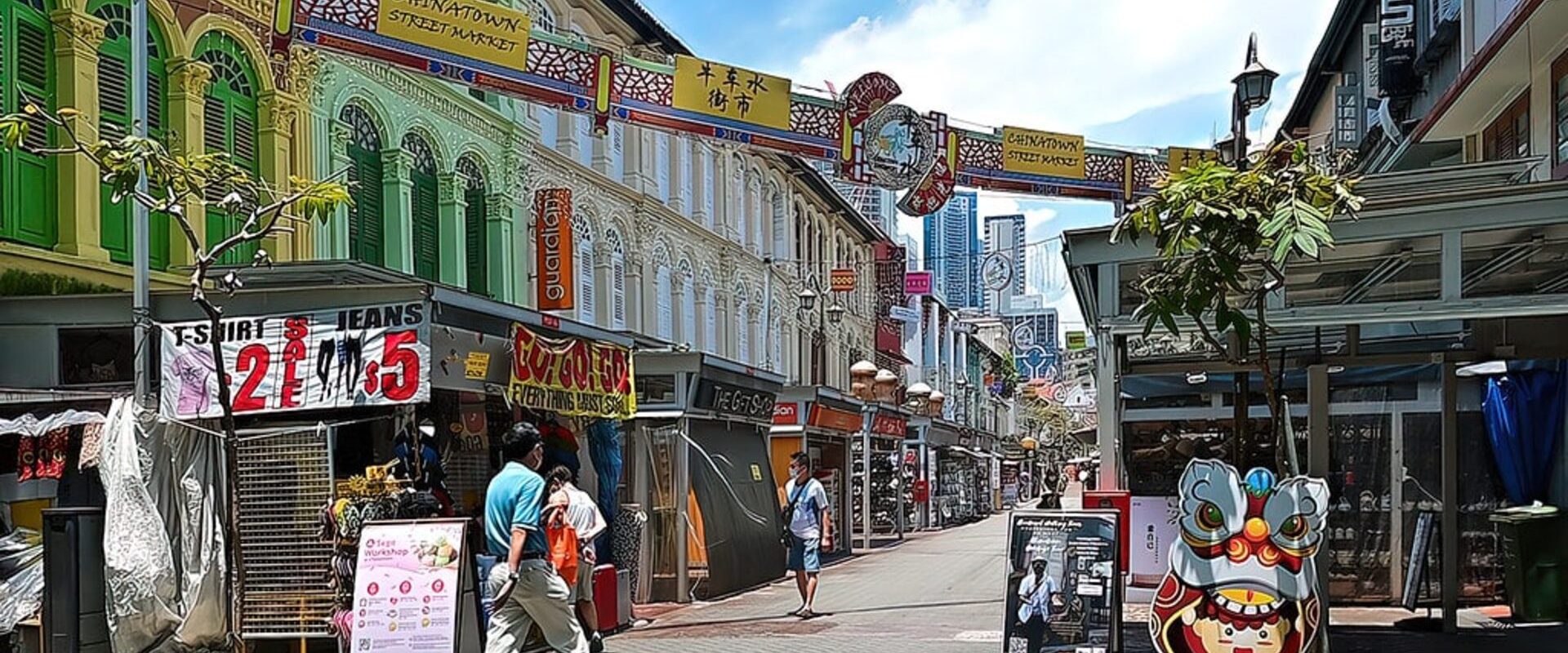
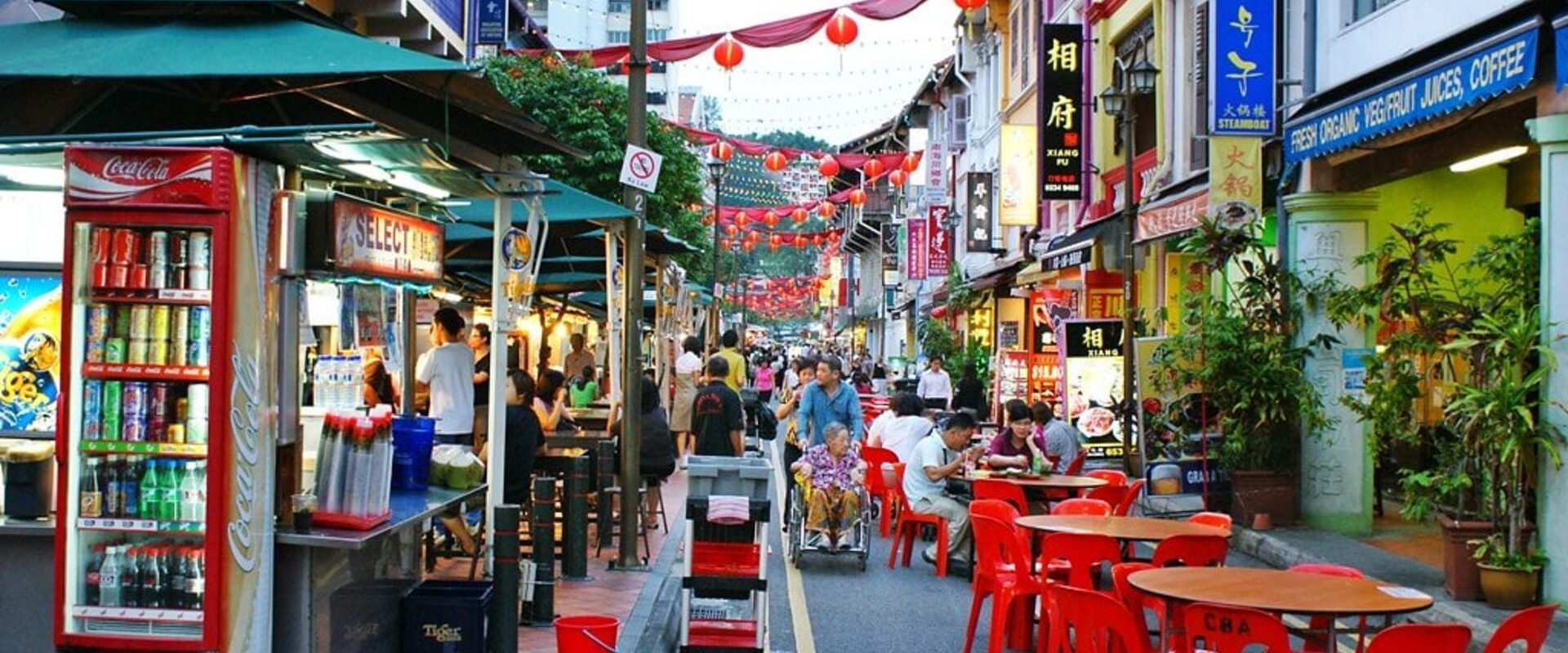
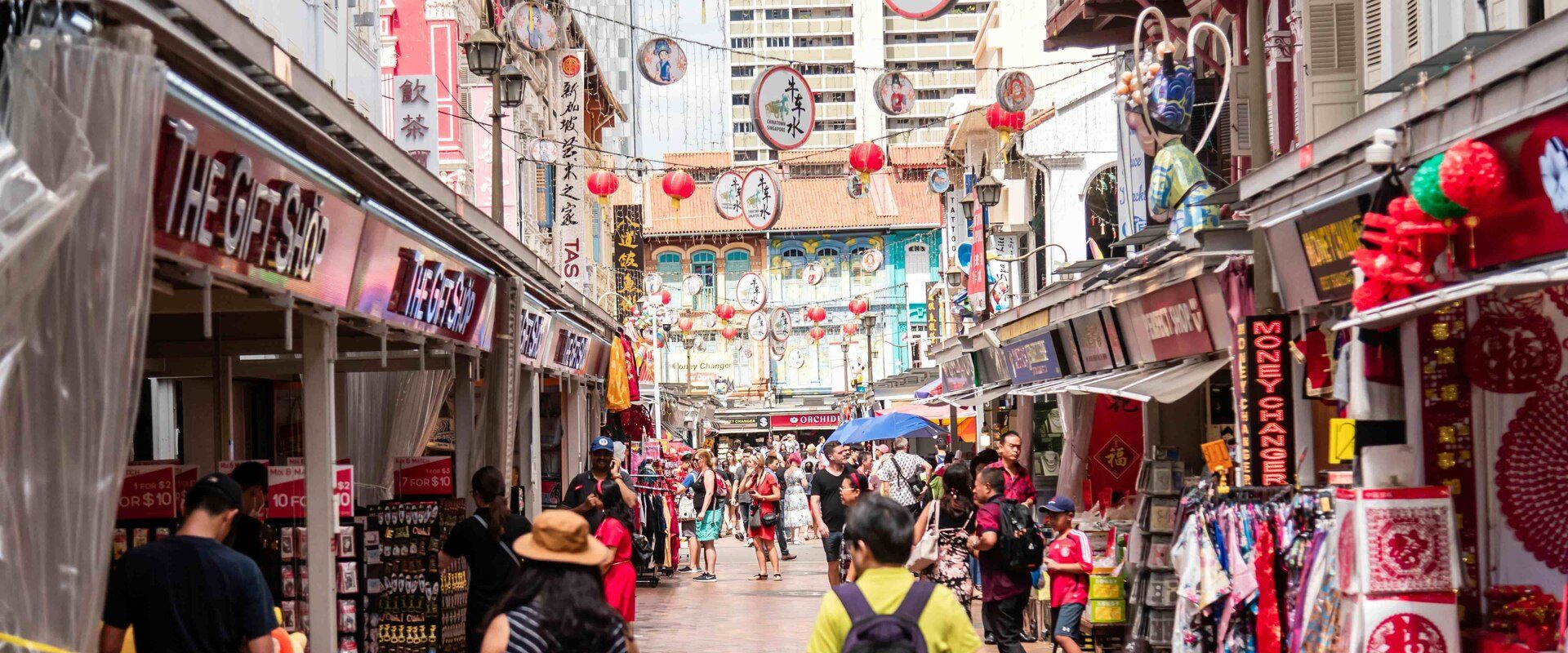
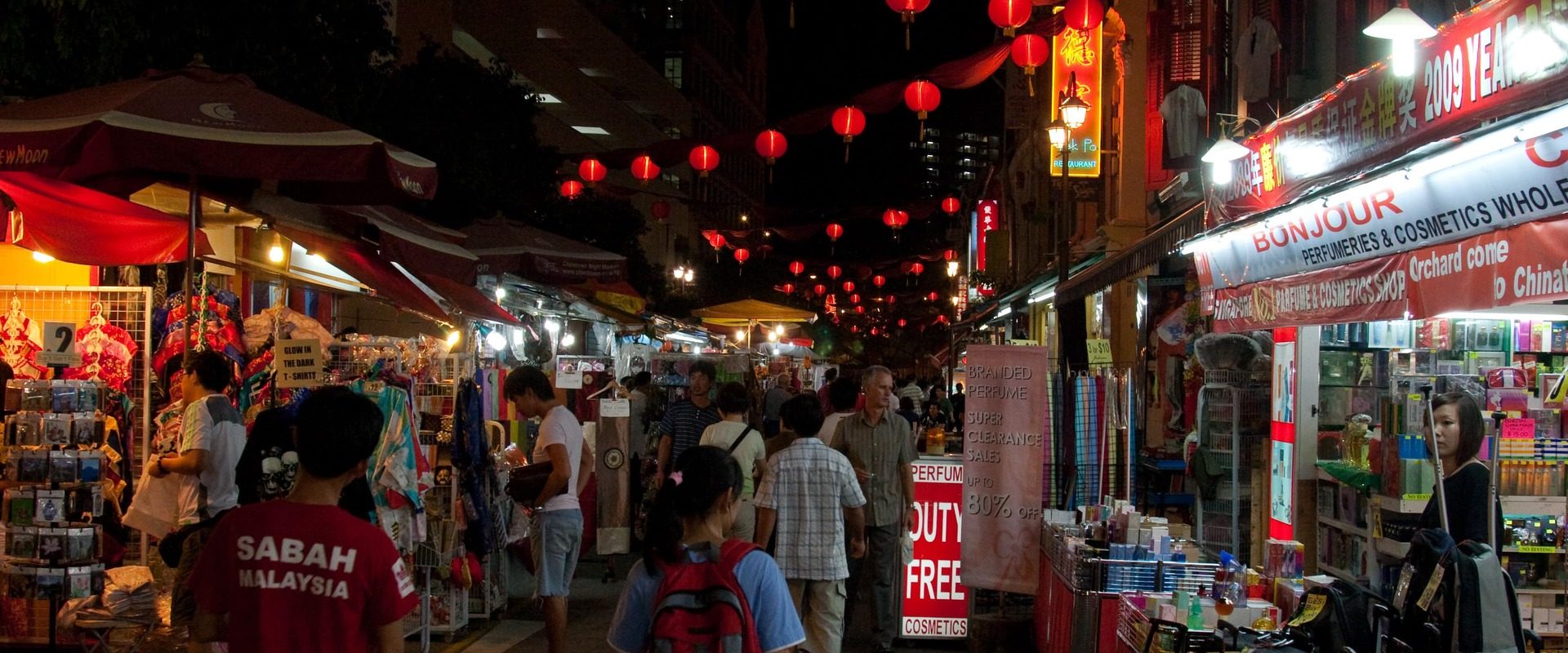
The vibrant and bustling Chinatown Street Market is a place where traditional and modern charm blend. Here, visitors can check out colorful stalls selling souvenirs, antiques, and local treats. With an atmosphere full of vibrant colors, rich heritage, and unique Chinese eateries, this market is a must-visit for those interested in culture, food, and shopping for special finds in Singapore’s historic district.
The night is the best time to visit as the market bursts into lights, street performances, and hordes of people. Weekdays are relatively quieter, whereas weekends are bustling.
MRT will take you to Chinatown Station (NE4/DT19), which you should exit at Pagoda Street. The public buses, taxis, and ride-hailing services access this lively retail and cultural district with equal convenience.
Indeed, the Chinatown Street market operates all day, typically from early morning to late at night. The opening hours of individual shops may differ, so do make an effort to drop by in the late afternoon or early evening hours.
Some famous food items include Hainanese chicken rice, satay, bak kwa, dim sum, and chili crab. These food stalls and hawker centers serve authentic Chinese and Singaporean cuisine.
Yes, haggling is practiced, especially for souvenirs and handicraft stalls. While some stalls do have fixed prices, others respond well to haggling in a friendly way and might offer a discount for the purchase of a few items or continued patronage.

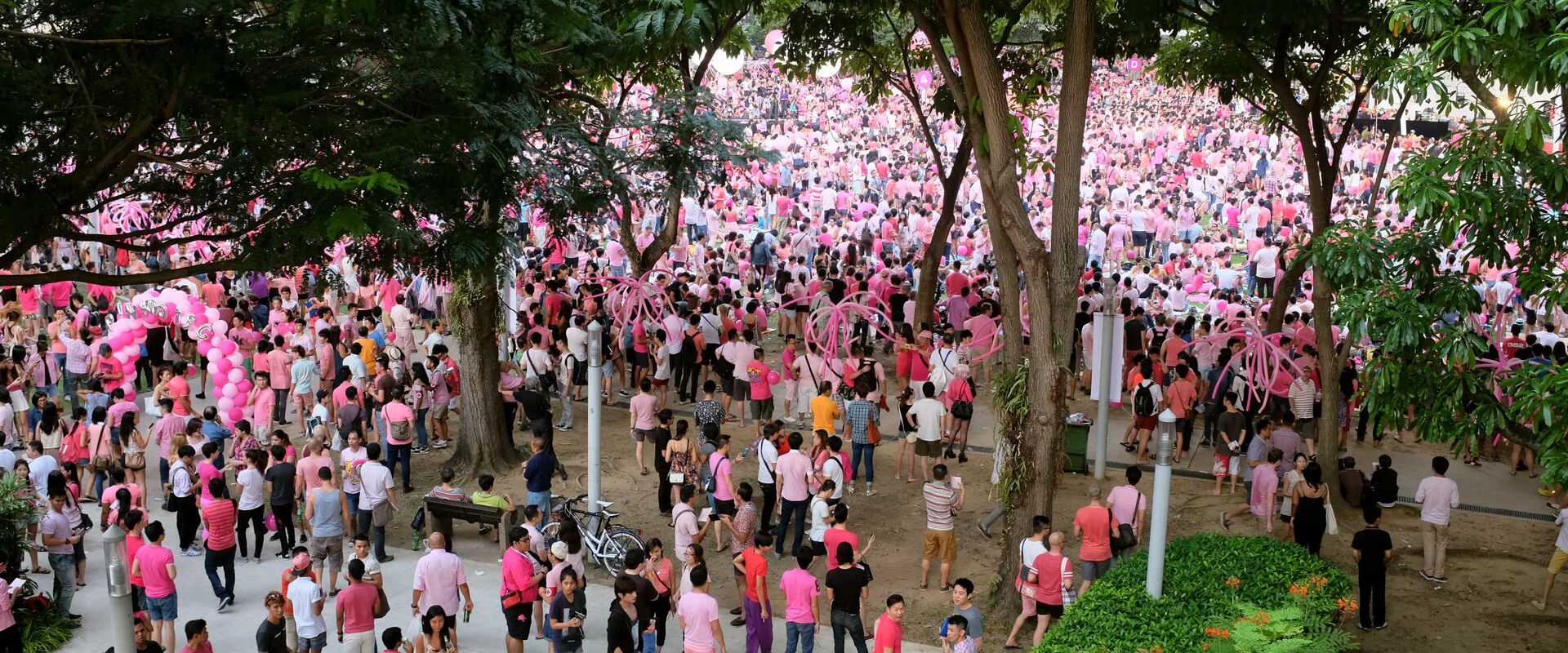
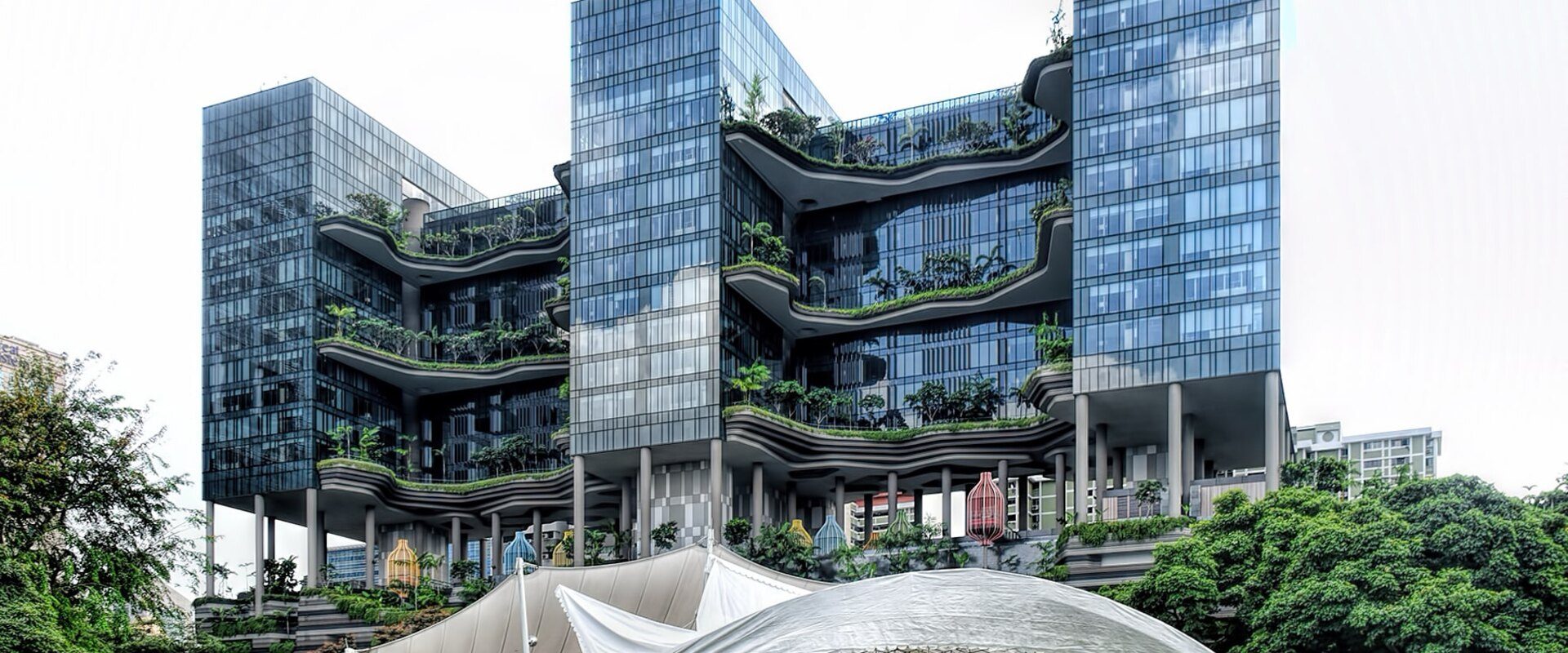

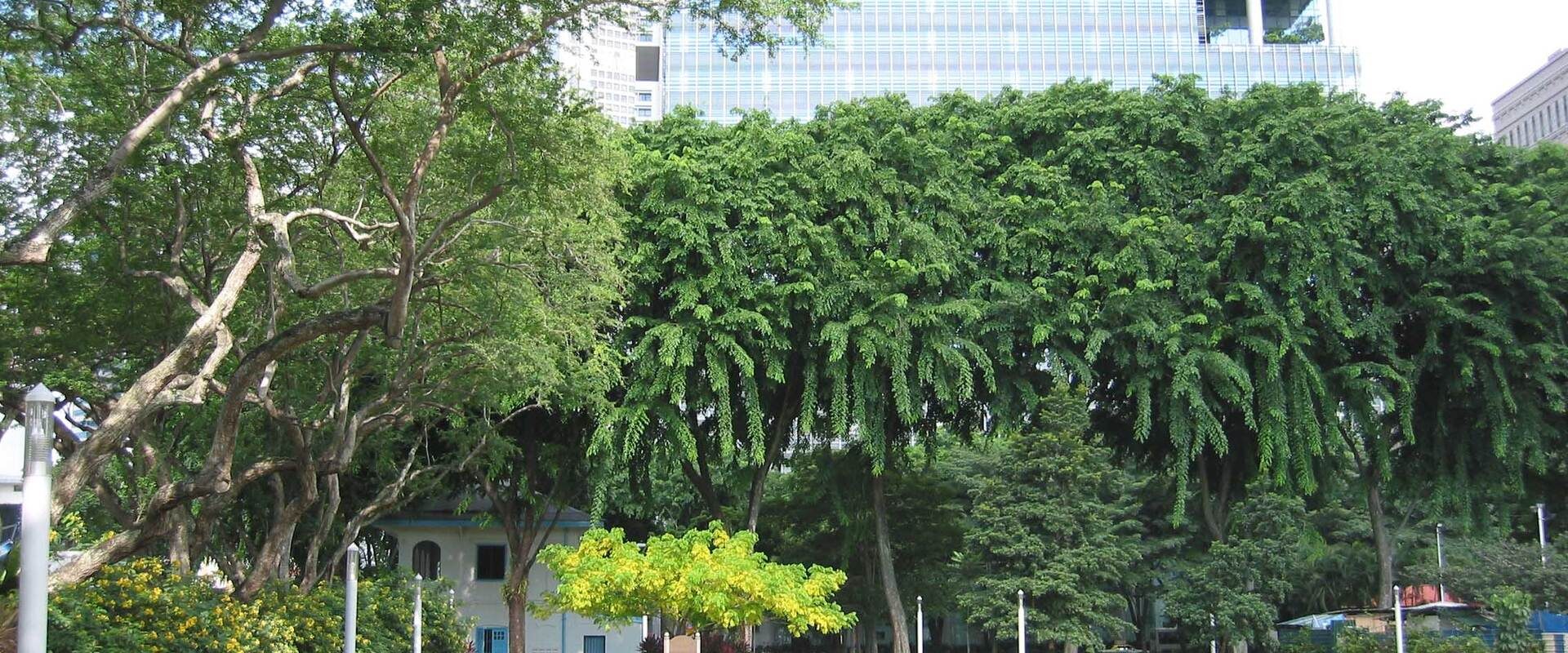
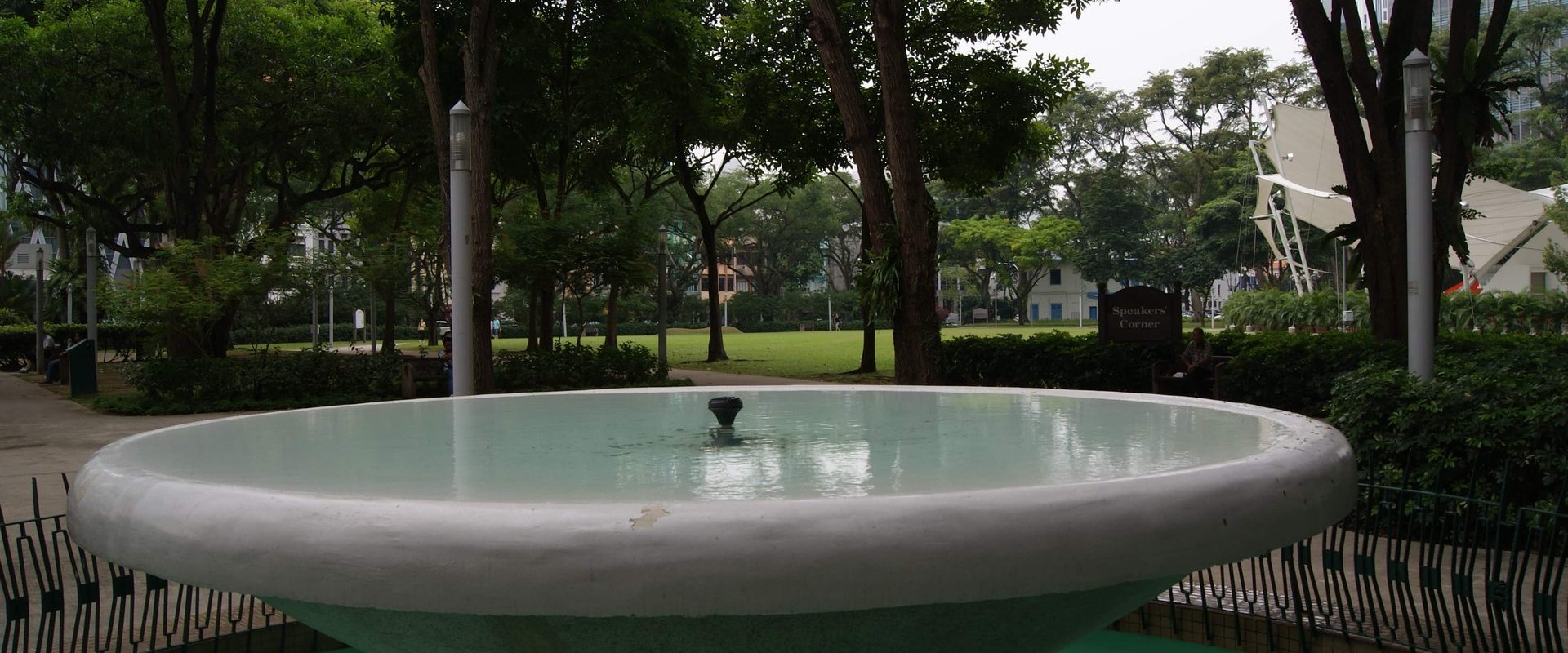
Hong Lim Park is perhaps the most public park considered historic in Singapore because it is known to be the only area that allows public protests and free speech activities under the law. Found near the very busy Chinatown, this park provides open green spaces for an individual to relax, exercise, and maybe use for a communal event. This park has become a cultural and political landmark.
The most suitable time to visit Hong Lim Park is according to your choice. Evenings and mornings are perfect for relaxation, but weekends and event days are the best for lively gatherings, speeches, and community events.
These peaceful surroundings at Hong Lim allow you to stretch out on the green grass, breathe, and enjoy life outside. The wide space opens up endless possibilities to escape the city life for relaxation, meditation, or simply enjoying nature.
Meet up with family or friends for a picnic in the peaceful atmosphere of the park. During windy days, flying kites adds an interesting activity, which provides a fine outdoor getaway for the whole family.
Find out more about Singapore’s green initiatives at the Sustainable Singapore Gallery. Interactive displays highlight sustainability efforts, water saving, and city planning, providing an educational experience for green living and innovation enthusiasts.
Visit Singapore’s renewable energy commitment at Solar Park, where solar panels showcase clean energy solutions. It showcases futuristic insights into solar power technology and its role in the sustainable future of Singapore.
The park is also accessible by MRT, with Chinatown Station (NE4/DT19) within walking distance. Public buses, taxis, and ride-hailing services are also readily available.
Yes, Hong Lim Park welcomes the public every day for relaxation, exercise, and other civic discussions free of charge and without restriction at any time.
No. Only Singaporean citizens or permanent residents are entitled to give speeches or organize events at the Speakers' Corner thus alien participants will require a permit to indulge in activities therein.
There are open spaces in Hong Lim Park but not many facilities. It shares nearby amenities, such as toilet facilities and eateries, with the shopping centers and Chinatown.
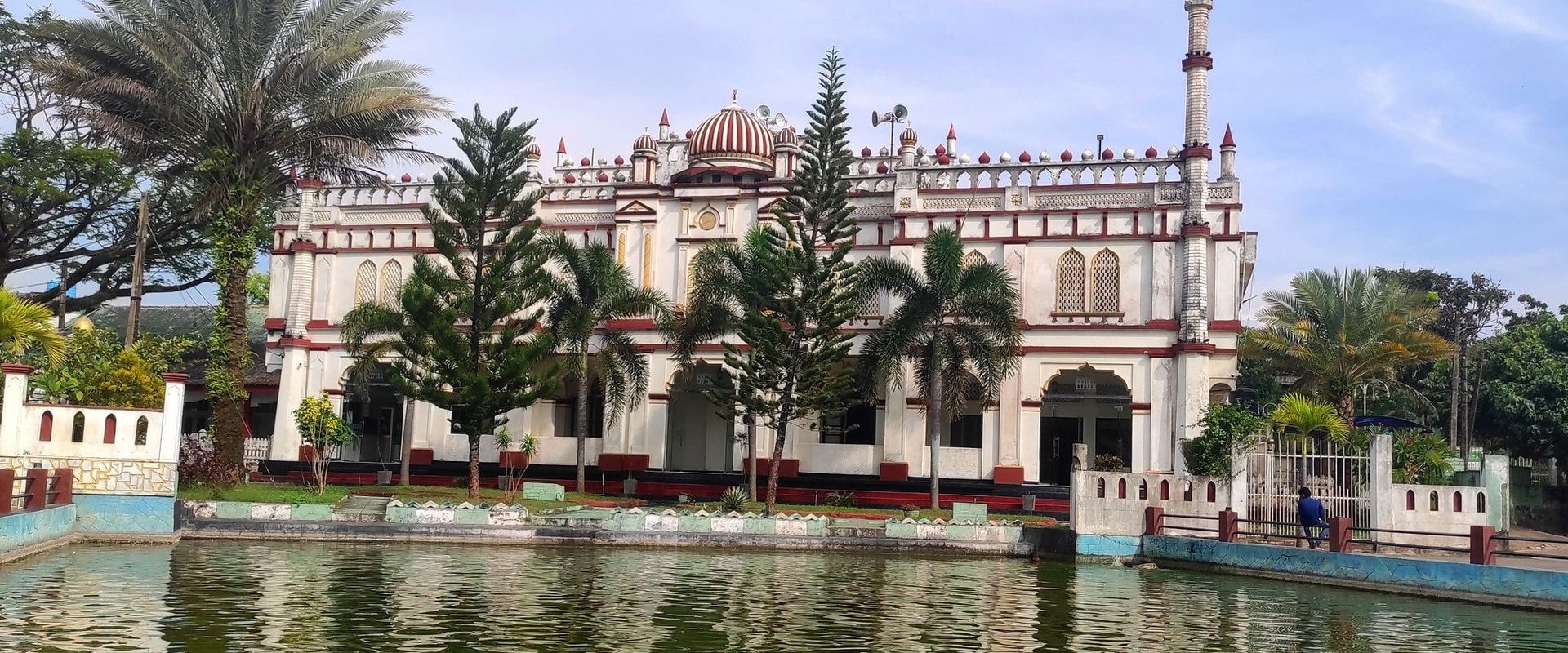
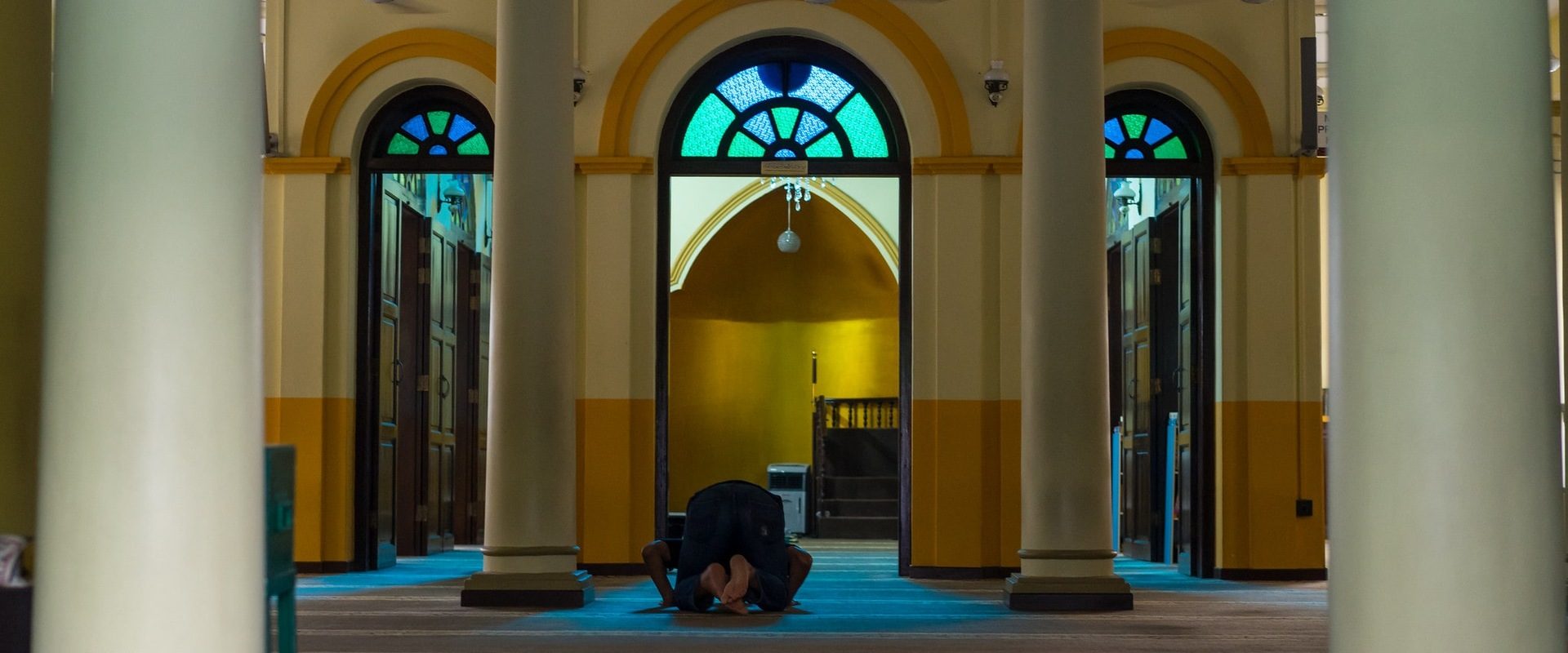
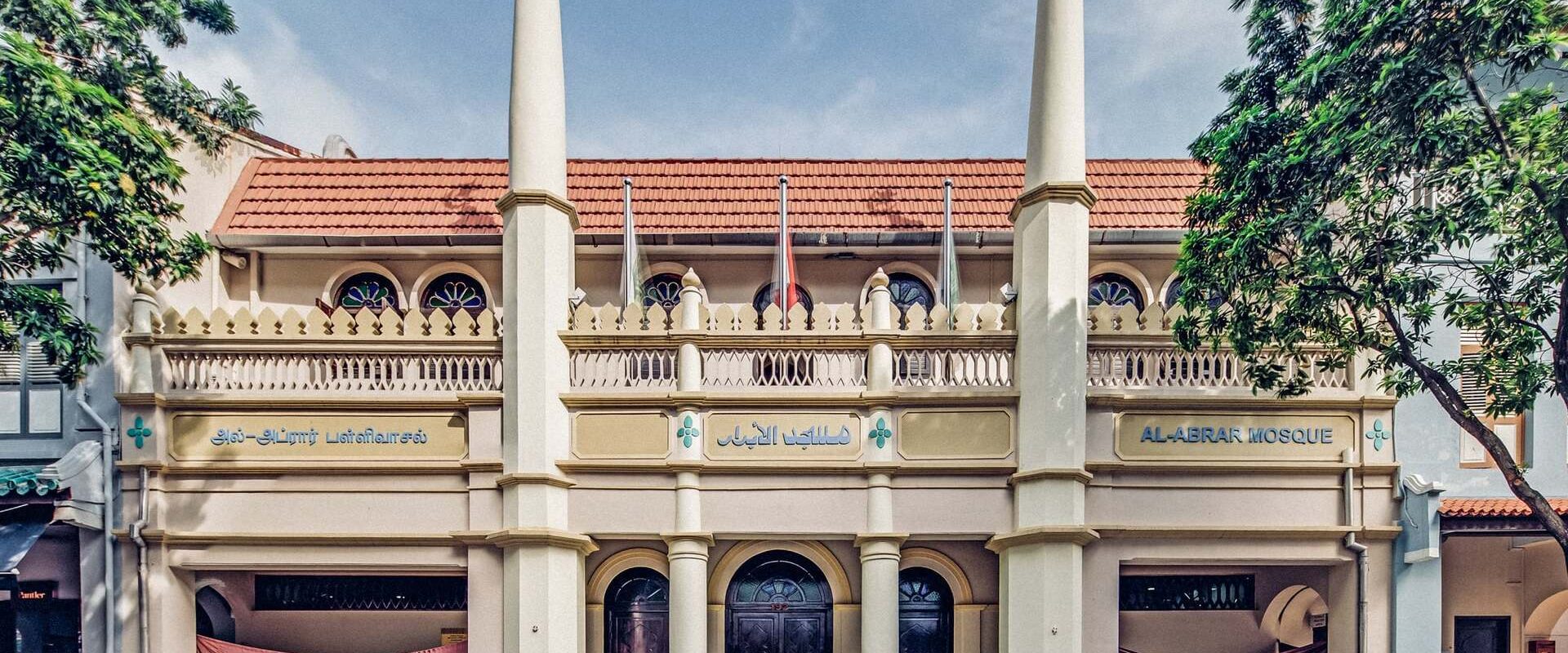
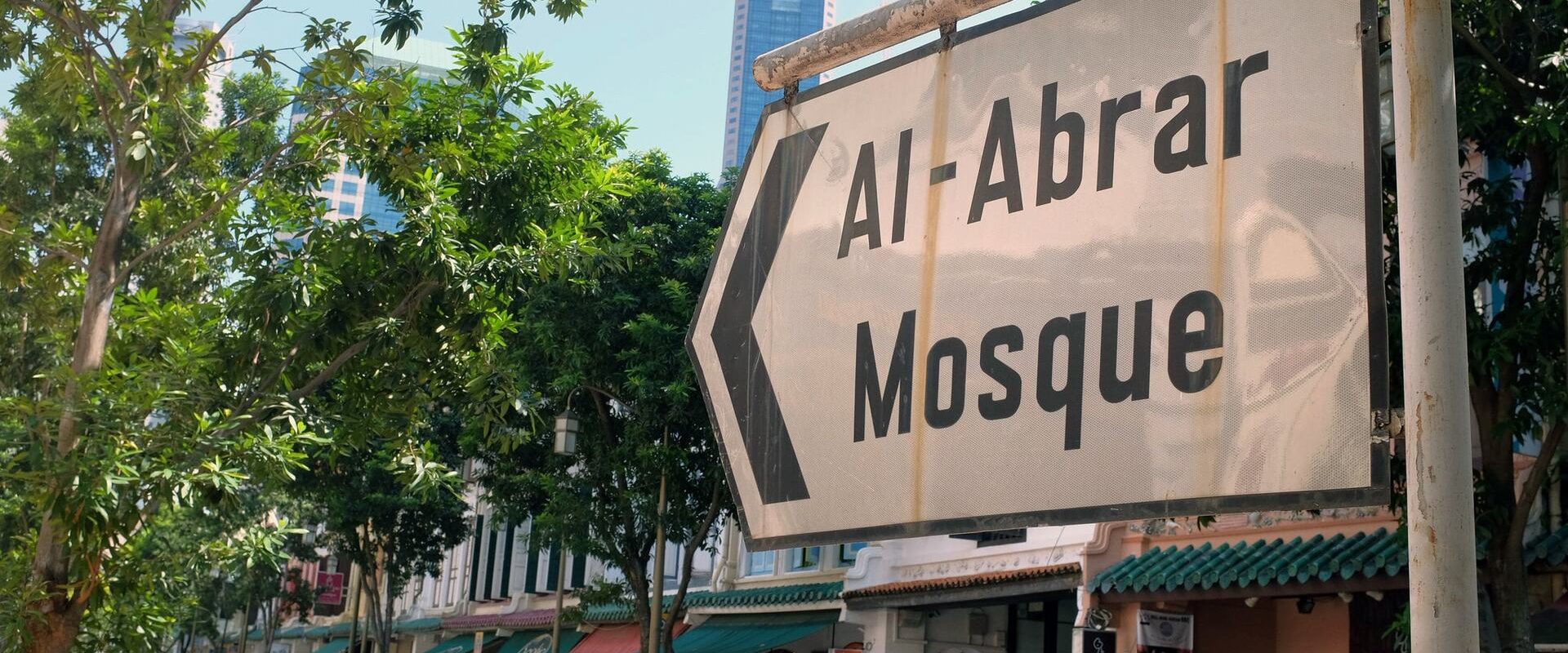
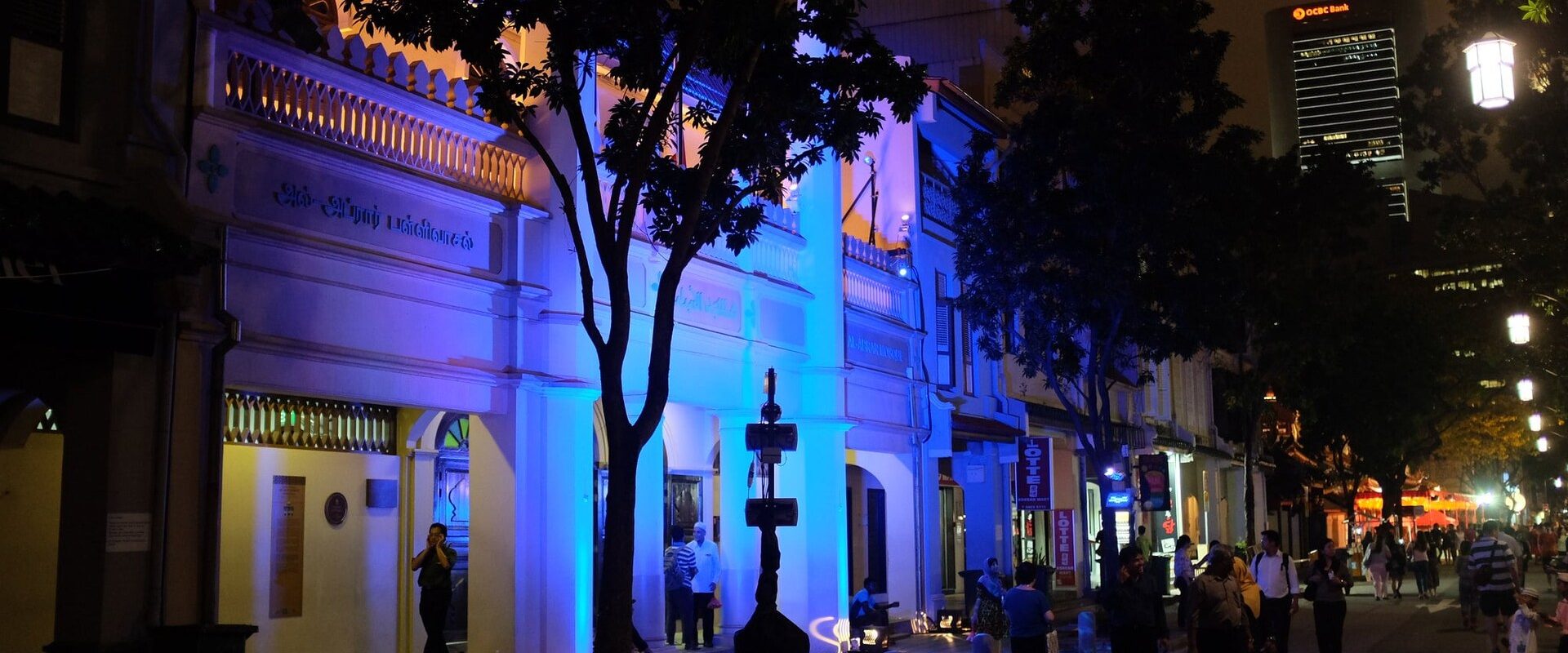
Al Abrar Mosque is one of Singapore’s historic mosques and was constructed by Indian Muslim merchants in 1827. Al Abrar is situated on Telok Ayer Street and displays a simple and graceful design, incorporating Indo-Islamic elements. It is not only a center for worship and religious activities but also a historical cultural landmark as it symbolizes the early Islamic settlement in colonial Singapore.
The most ideal time to visit Al Abrar Mosque is during weekdays for a serene experience. Fridays and prayer hours are usually crowded. Visiting during Ramadan provides a special spiritual ambiance.
Admire the Indo-Islamic architectural design of the mosque, with its elegant but simple facade. Completed in 1827, its style mirrors the influence of early Indian Muslims during the colonial period of Singapore.
The modest minarets of the mosque, represent Islamic heritage. Even if not so tall, they contribute to the attractiveness of the structure, symbolizing a mix of religion and culture in Singapore’s past.
Witness the special moving water projection, an artistic touch that adds to the mosque’s atmosphere. This element provides a calm, contemplative environment, complementing the religious nature of the prayer room.
Enter the peaceful prayer hall, where devotees come to perform daily prayers. The hall’s serene environment gives visitors an insight into Islamic culture and community worship rituals.
You can reach Al Abrar Mosque by traveling through the Telok Ayer MRT Station on the Downtown Line. It is a short walk away from Telok Ayer Street in Singapore’s Central Business District.
Yes, non-Muslims can visit during non-prayer hours. Visitors must wear a modest dress, and while viewing the mosque's religious significance, they should respect the mosque's holy atmosphere.
There are no formal tours, but one can independently explore and admire the mosque's architecture and history, situated in the bustling Telok Ayer area of Singapore.
Al-Abrar Mosque opens daily for specific visiting hours for the public. It may be closed during prayer times to the public; hence, it is advisable to confirm with them before coming down to visit.
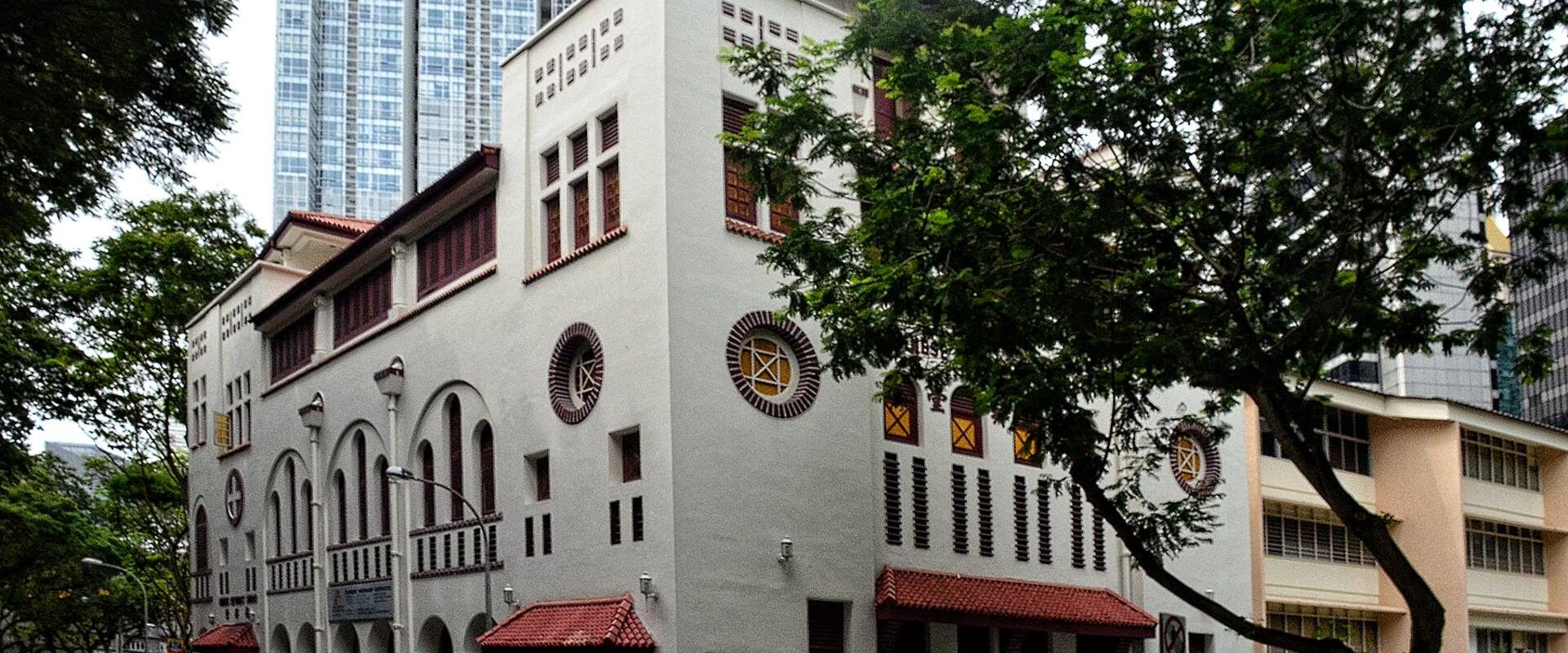
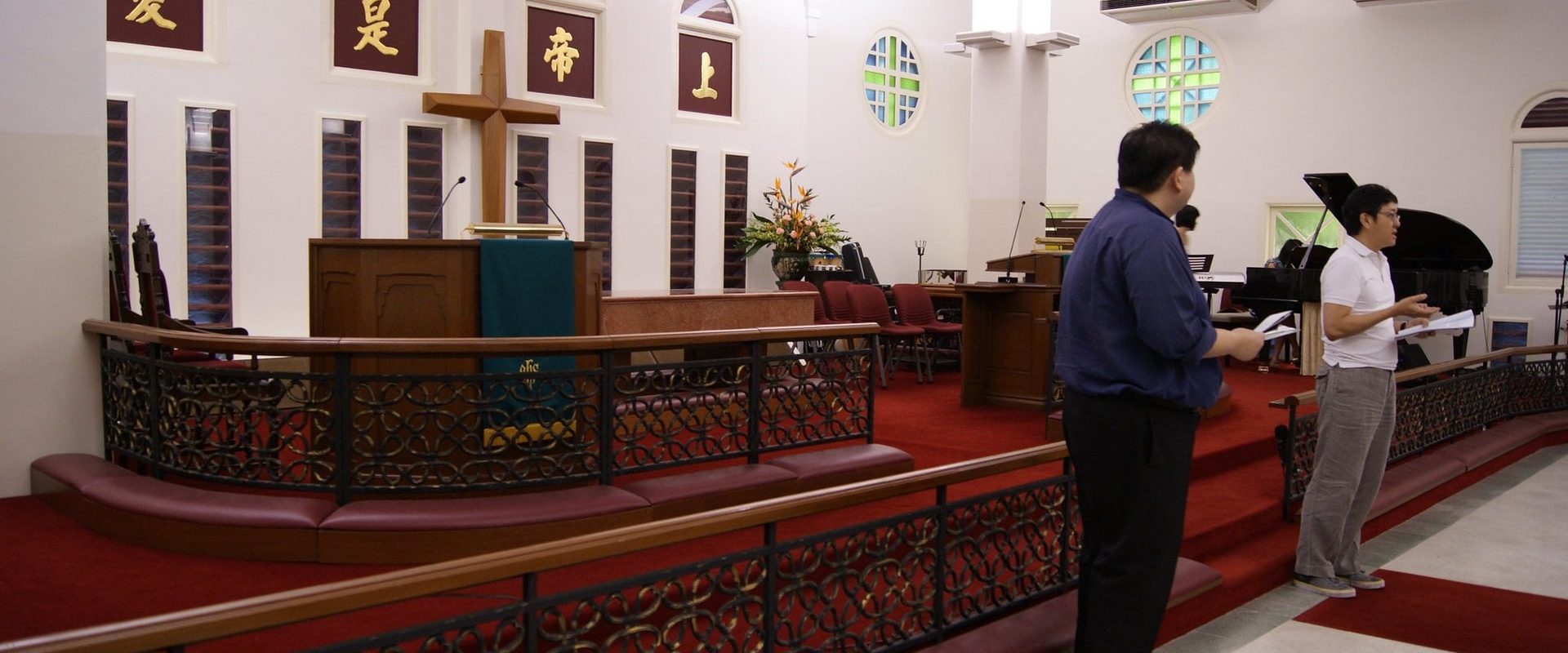
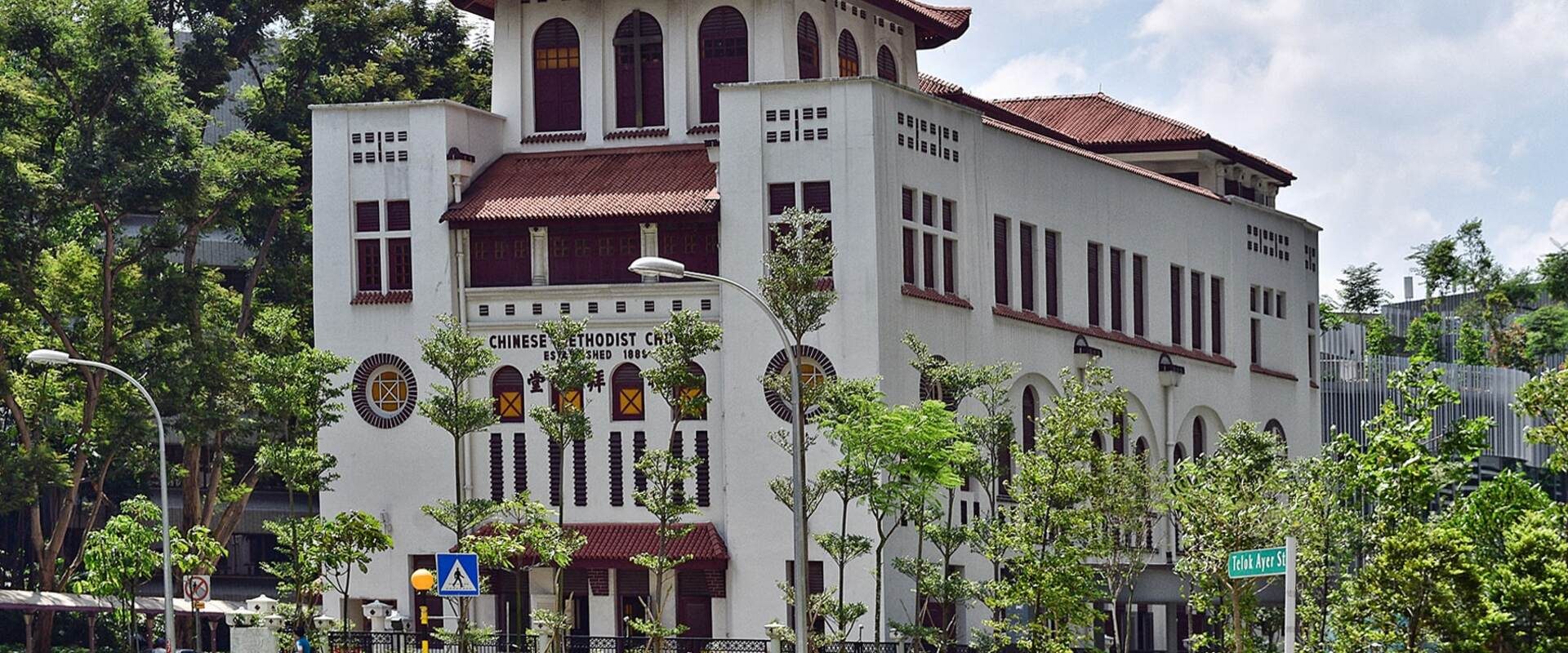
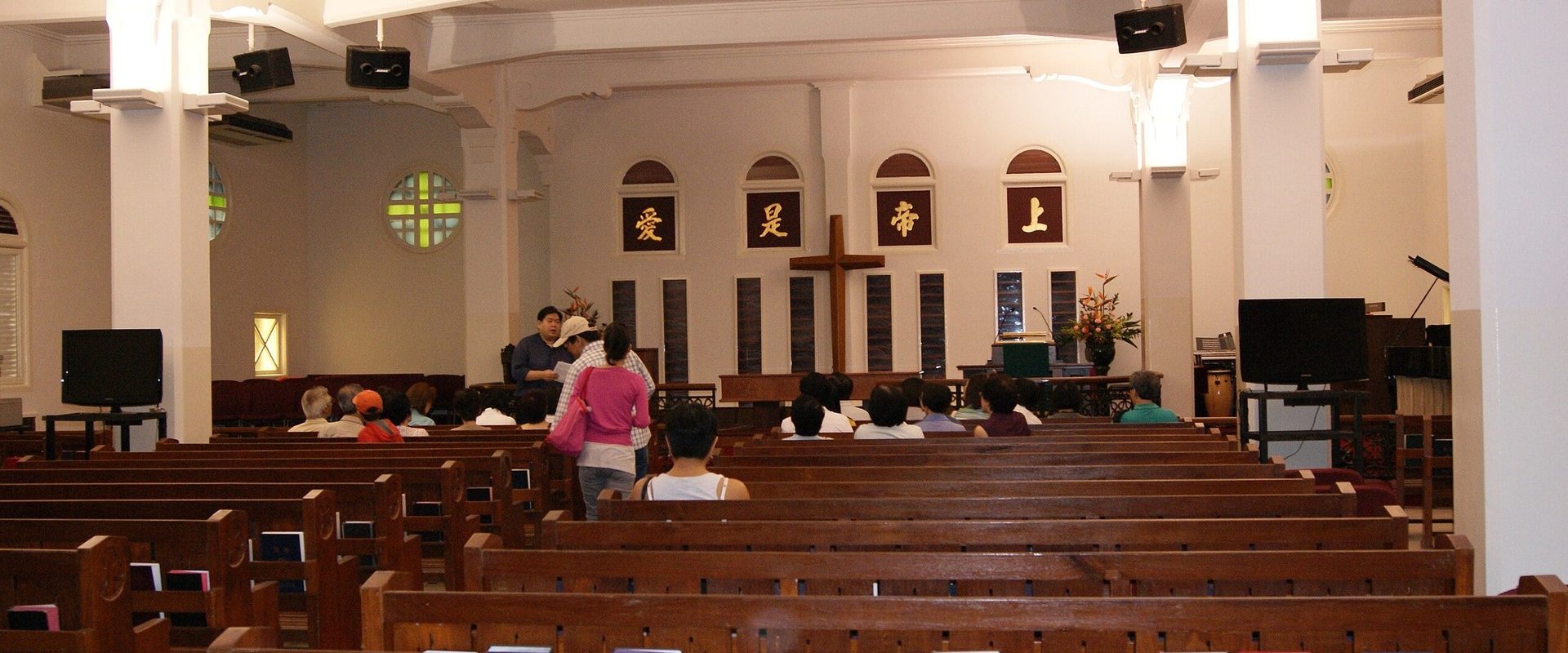
Established early in the 20th century, the Chinese Methodist Church in Singapore is one of the oldest and historical Christian congregations. It harnesses elements of traditional Chinese culture and Methodism, incorporates various languages in its worship services, and is also an architectural landmark in graceful colonial designs that serve fused with the historical landscape into the ambiance of spirituality within Singapore’s Chinese Christian community.
Visit on a Sunday for the entire experience of attending services, while weekdays are relatively low-key and suitable for reflective exploration of the church’s architecture without the thrumming noise of crowd traffic.
City Hall and Bugis are MRT stations that are near the Chinese Methodist Church. Bus services are also numerous in the neighborhood, providing additional options for easy access to the church.
Yes, visitors are free to visit the church and attend services. Modest dress and respectful behavior are encouraged to preserve the sacred ambiance of the church.
Yes, the church has English, Mandarin, and dialect services to make it accessible to multicultural congregants while maintaining the cultural and religious heritage of Singapore's Chinese Christians.
Non-Christians may attend services, learn about the beliefs of Methodism, and explore Christianity. The church nurtures the idea that any visitor interested in its theological tradition must thus engage in it with an open spirit.
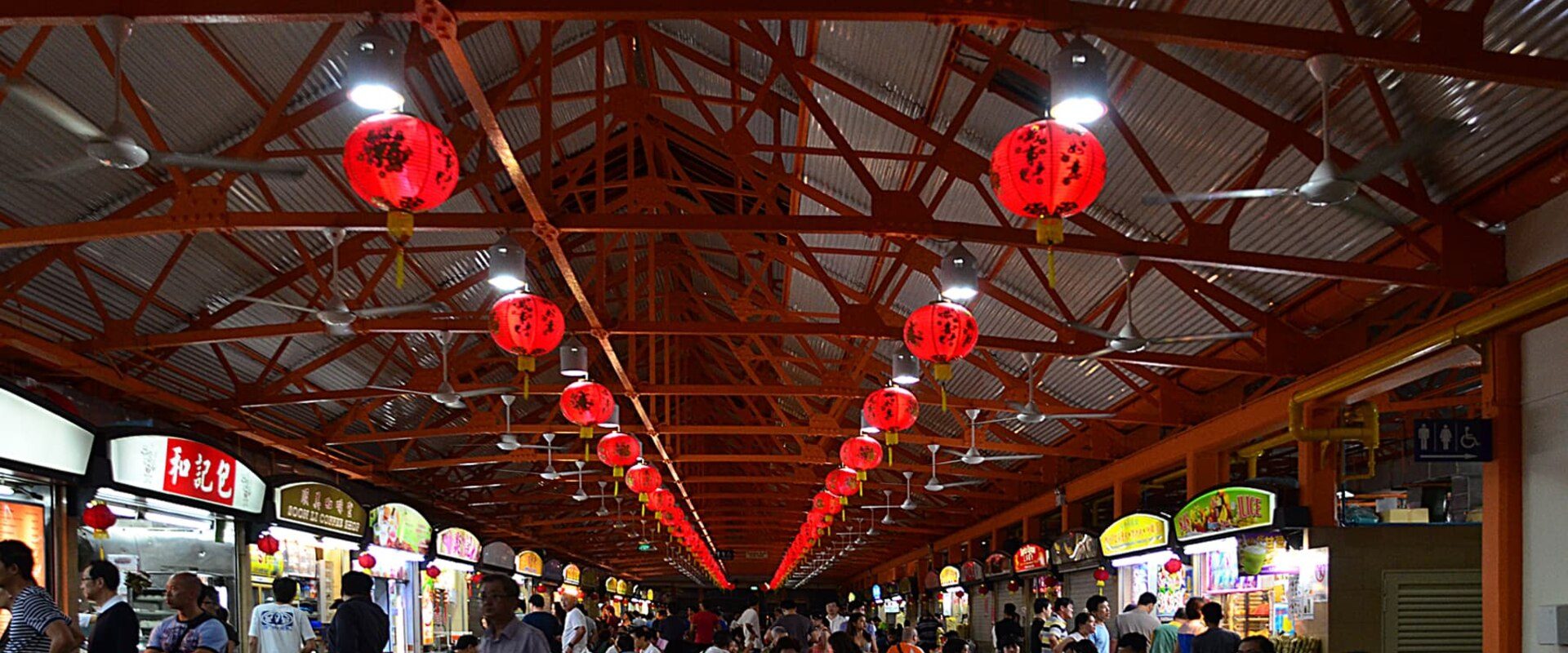
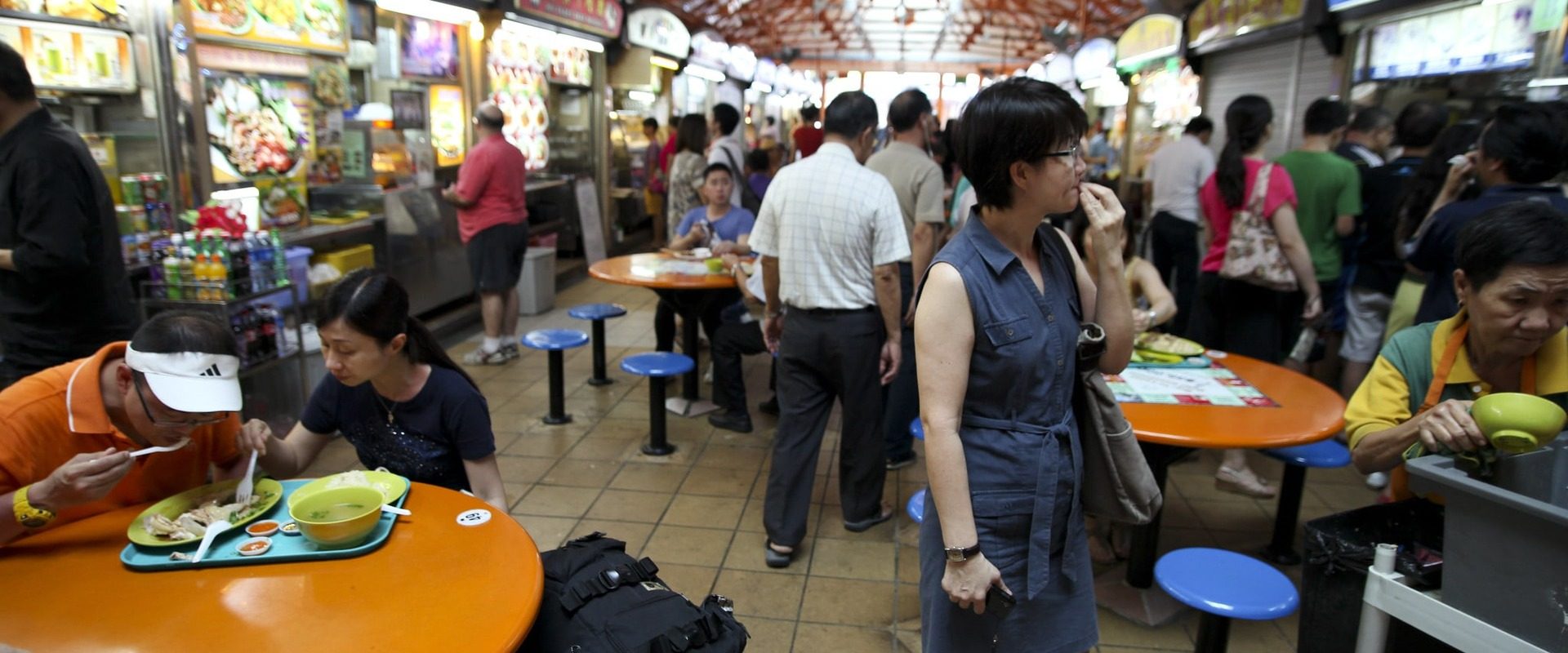

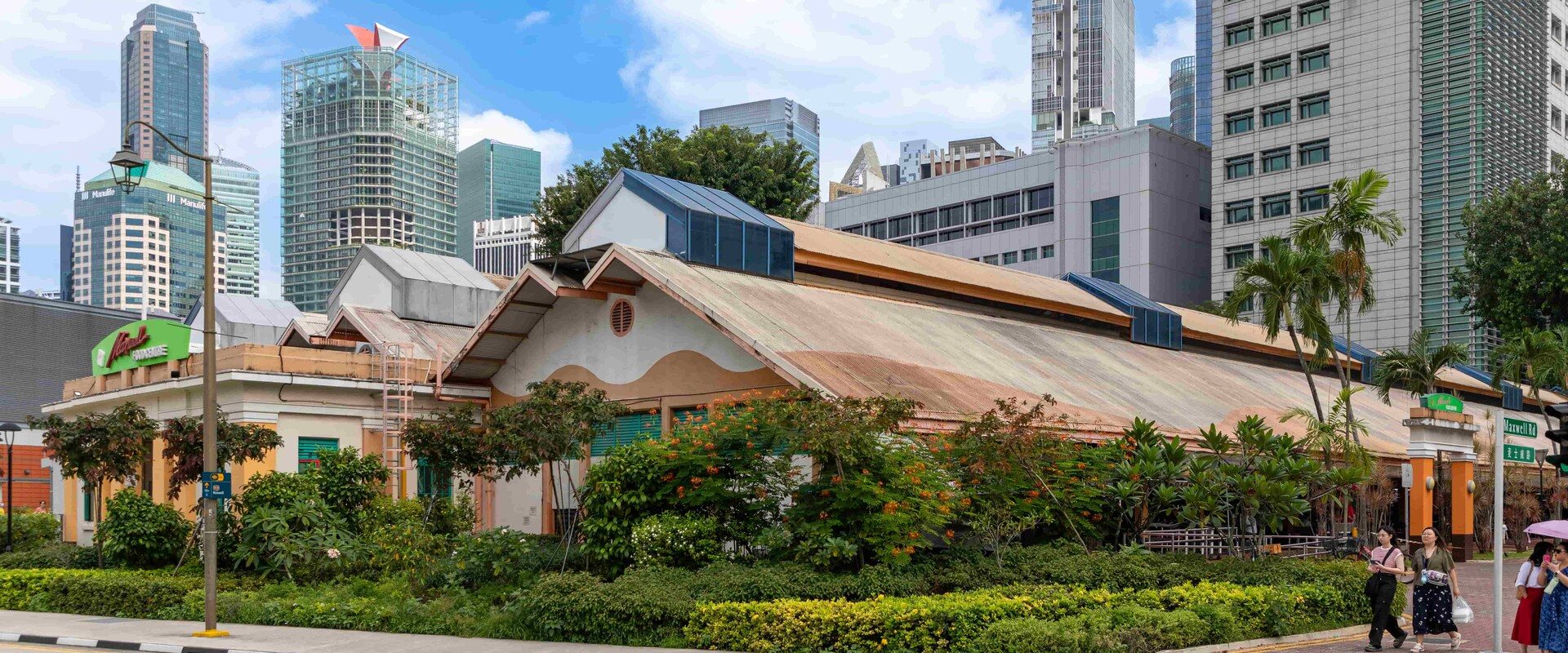
Maxwell Food Centre is a well-known hawker center in Singapore, famous for its variety of local food. Situated in Chinatown, it serves classic dishes such as Hainanese chicken rice and laksa. Its lively ambiance, cheap prices, and genuine flavors are what draw visitors to its doorsteps for a quintessential Singaporean street food experience.
Optimal visiting hours are 11 AM to 2 PM for newly prepared dishes, although it gets crowded. Visiting in the evening provides a less hectic experience with shorter lines.
Maxwell Food Centre is easily accessible via the Maxwell MRT Station, part of the Thomson-East Coast Line. It is also a short distance from Chinatown MRT or Tanjong Pagar MRT stations, with lots of buses serving the area.
The stalls open from 8 AM to 10 PM, although some stalls are opening earlier and closing later. It is wise to go between meal times when food is fresh.
Muslim visitors can either look for specific halal stalls or visit nearby halal food centers in Chinatown, as most of the stalls have halal menus but are not certified halal.
Yes, Maxwell Food Centre features various vegetarian-friendly stalls selling local and international fare, such as stir-fried vegetables, tofu options, and vegetable-based versions of popular Singaporean fare.
Chinatown has a great deal going for it: culture, history, and of course – food. Even then, you have to bucket list it. You have things like the famous temples- the Buddha Tooth Relic Temple UK- and then the attractions like Chinatown Street Market. Just maybe roaming through one of the sites leads to the next. Enjoy the rich flavors of the local cuisines, visit the unique heritage with modern attractions, and admire the culture and vibrant feel of the district.

Pokhara is an enchanting city in Asia, and, of course, a remarkable destination within the country due to its glory,

Awesome mountains, old temples, and different cultures! Nepal promises nothing less than an epic adventure that one can take. From
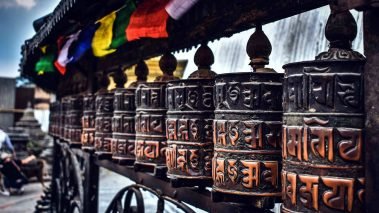
People visit Nepal not only for the Everest view. Many travel there to experience (Top tourist places in Kathmandu) the

Nepal is a trekking heaven. Every tourist season (except monsoon) is packed with trekkers from far and wide. From amateur
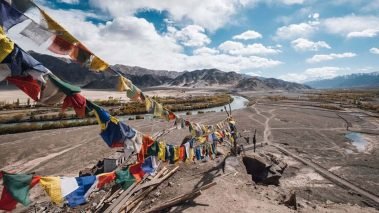
Nepal is an incredibly beautiful country. Nepal is well known for its culture, delicious food, exotic environment, and Mount Everest.

Nepal never stops to amaze people! It has extraordinary tourist attractions that can only be truly enjoyed here. Tourists gathered

Nepal is the beauty queen of Asia. Nepal is full of travelers in every season of the year. What is

Nepal, with its magnificent landscapes, ancient Hindu temples, beautiful Buddha stupas, and Himalayan Mountains, has been enthralling the hearts of

India is blessed with beautiful landscapes, along with many rich cultural expressions and history. Among countless places, it has brought

Assam is a land of paradise because of its mesmerizing beauty. There are several tourist places in Assam that attract
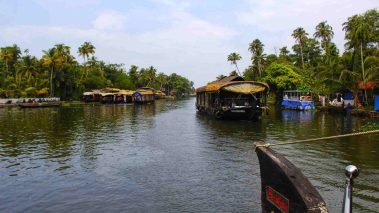
Alleppey, also known as Alappuzha, is a picturesque town in Kerala, India, renowned for its serene backwaters, houseboats, and lush
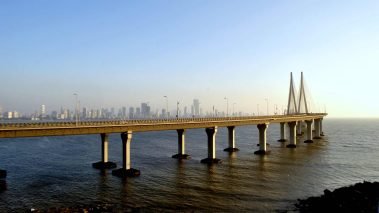
The heart of India, Mumbai, is a popular tourist destination, attracting millions of visitors each year. This place is a

The state known as Kerala is often referred to in terms of ‘God’s Own Country.’ It forms a lovely little

The hallowed riverside site, Clarke Quay, boasts an enviable position next to the Singapore River. As such, Clarke Quay is
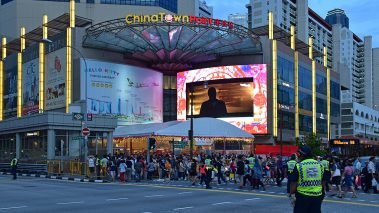
Chinatown, very vibrant and alive, historically, culturally, and gastronomically, is a district in Singapore. Some interesting places to visit include:
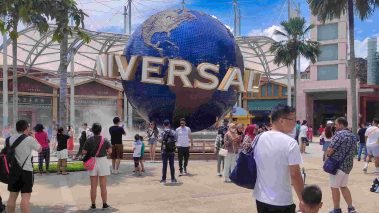
Sentosa is an island resort in Singapore, famous for its beaches, luxury resorts, and world-class attractions. It sits offshore from
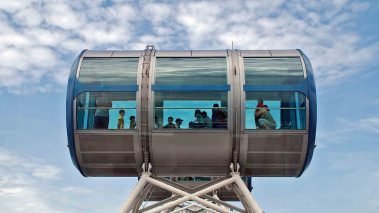
Singapore’s Marina Bay serves as a bustling waterfront destination that features recognizable skyline vistas and superior tourist destinations. Visitors to

The Jurong West area is a bustling residential and commercial zone in western Singapore. As a well-planned urban center with modern
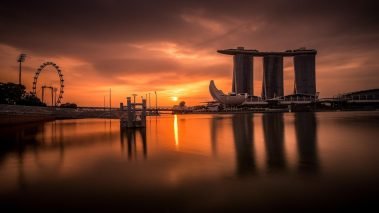
Singapore, the dynamic city-state, is home to a wide range of attractions for all types of tourists. There are quiet
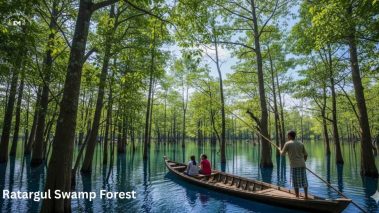
Nestled in the heart of Bangladesh, the Ratargul Swamp Forest offers an enchanting escape into nature’s untouched beauty, a place
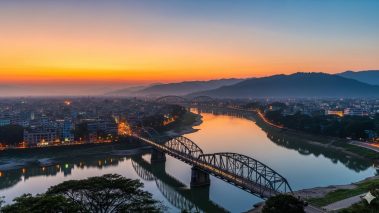
If you’re searching for the most wonderful Sylhet tourist spots, you’ve come to the right place. Let me share my

When I ride a bike on Marine Drive Cox’s Bazar, I feel like a beautiful story unfolding before my eyes,

People visit Nepal not only because of its breathtaking natural beauty but also because of the excellent accommodation there, which
Visit our more post

Nestled in the heart of Bangladesh, the Ratargul Swamp Forest offers an enchanting escape into nature’s untouched beauty, a place
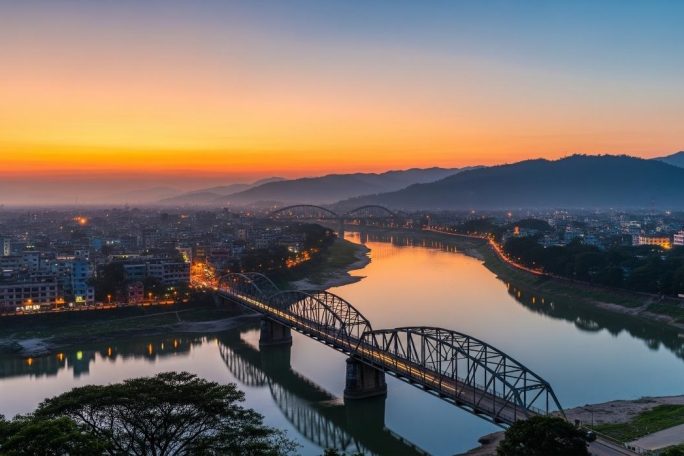
If you’re searching for the most wonderful Sylhet tourist spots, you’ve come to the right place. Let me share my

When I ride a bike on Marine Drive Cox’s Bazar, I feel like a beautiful story unfolding before my eyes,

Just a short, scenic drive from the bustle of Cox’s Bazar lies a serene sanctuary where rolling green hills meet
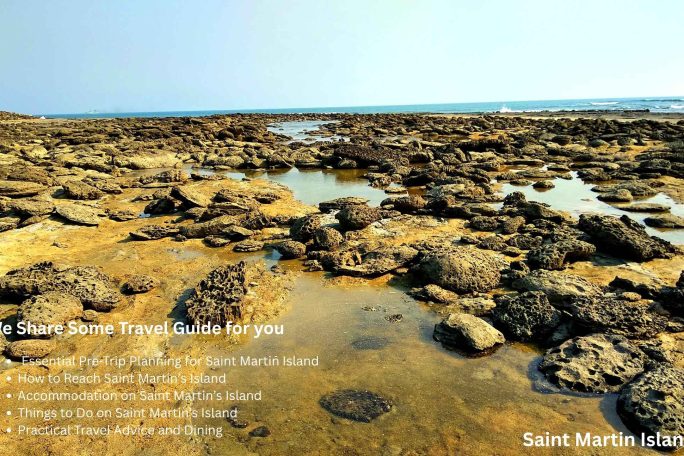
I’ll never forget the first time I saw Saint Martin Island appear on the horizon. After a long overnight bus

Cox’s Bazar Sea Beach I think Cox’s Bazar Sea Beach is one of those places that feels like a dream

Table of Contents Local Tour Guide Dreaming of a Bangladesh adventure? Look no further than “Explore with Mortuza”! We deeply

Dhaka is the Bustling capital of our country. It is a megacity. Different parts of the city carry various types

Welcome to my story about a truly amazing place! This is more than just a travel guide; it is a